Saint Louis, Missouri, has a rich history of urban development that spans centuries. The city’s growth and transformation reflect broader trends in American urban history, from westward expansion to industrialization and suburbanization. Here is an overview of key periods in Saint Louis’s urban development:
- Founding and Early Growth (1764-1850s):
- Founded by Pierre Laclède and Auguste Chouteau in 1764, Saint Louis began as a fur trading post. Its strategic location along the Mississippi River contributed to its early economic importance.
- The city’s population expanded during the 19th century due to westward migration, the Lewis and Clark Expedition (which started in Saint Louis in 1804), and the opening of the Santa Fe and Oregon Trails.
- Gateway to the West (Mid-19th Century):
- Saint Louis became a crucial hub for westward expansion and transportation. The completion of the Eads Bridge in 1874, the first bridge to span the Mississippi River, further solidified the city’s role as a transportation center.
- Industrialization and Population Growth (Late 19th to Early 20th Century):
- The late 19th century saw significant industrial growth, with industries like brewing, manufacturing, and meatpacking playing pivotal roles in the city’s economy.
- The city’s population swelled, and neighborhoods developed around industrial areas to accommodate the growing workforce.
- Urban Renewal and Decline (Mid-20th Century):
- Like many American cities, Saint Louis experienced urban renewal projects in the mid-20th century. The clearance of older neighborhoods and construction of highways, such as Interstate 70 and Interstate 44, impacted the urban fabric.
- Suburbanization and the migration of residents to the suburbs contributed to a decline in the city’s population.
- Racial Tensions and Civil Rights Era:
- The 20th century also witnessed racial tensions, exemplified by the Pruitt-Igoe housing project’s rise and subsequent demolition. The 1950s and 1960s saw civil rights activism in Saint Louis, mirroring national trends.
- Post-Industrial Challenges (Late 20th Century):
- As manufacturing declined, Saint Louis faced economic challenges. The closure of major factories and the decline of traditional industries had lasting impacts on the city’s economy.
- Revitalization Efforts (Late 20th Century to Present):
- In recent decades, Saint Louis has undertaken revitalization efforts, particularly in areas like downtown and the Central West End. Historic preservation projects, adaptive reuse of old buildings, and investments in cultural amenities have contributed to the city’s renewal.
- Contemporary Urban Dynamics:
- Saint Louis continues to grapple with urban issues such as economic inequality, segregation, and infrastructure challenges. Efforts to promote inclusive development and address social disparities are ongoing.
Understanding Saint Louis’s urban history involves recognizing its role as a gateway city, its industrial past, the challenges of suburbanization, and ongoing efforts to revitalize and create a more equitable urban environment.

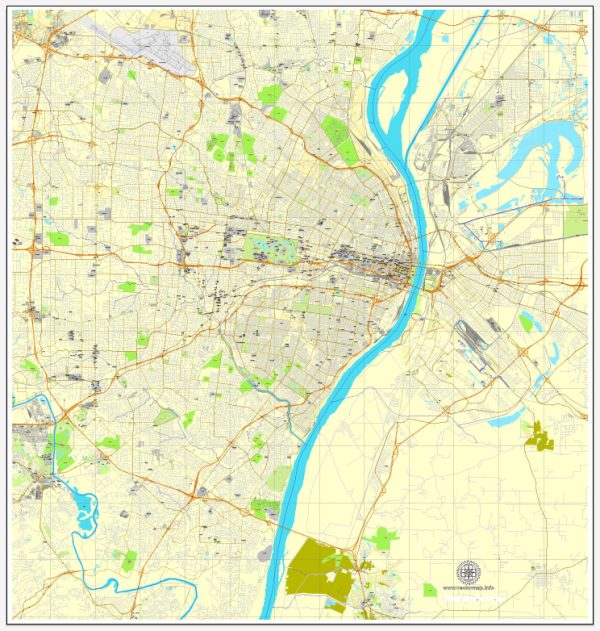
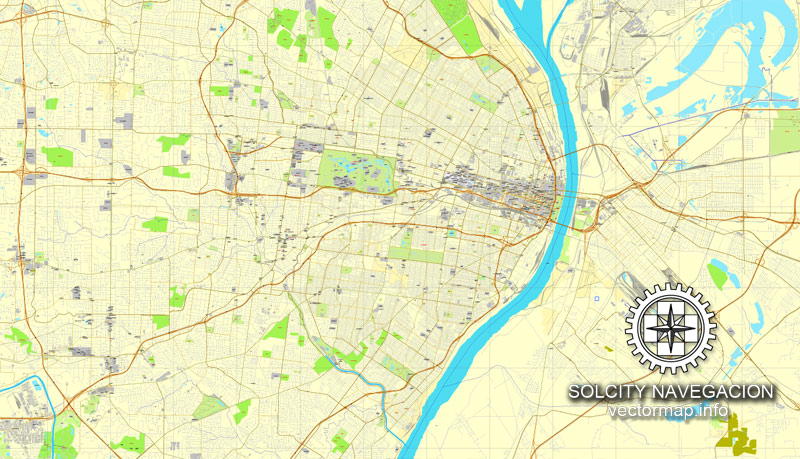
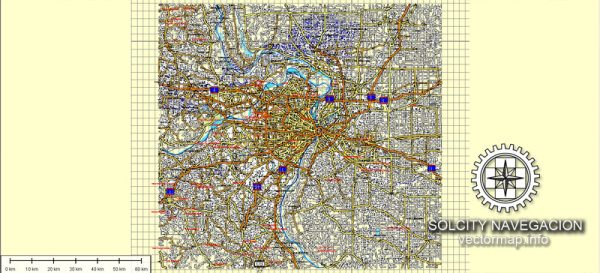
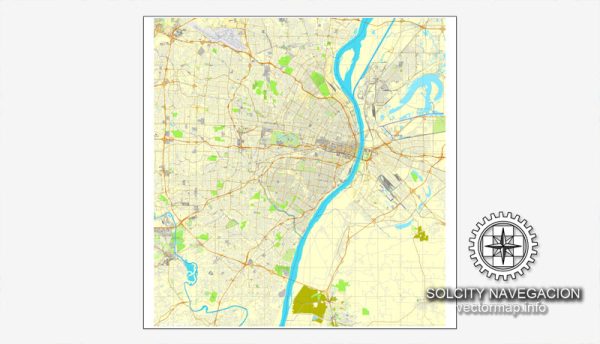
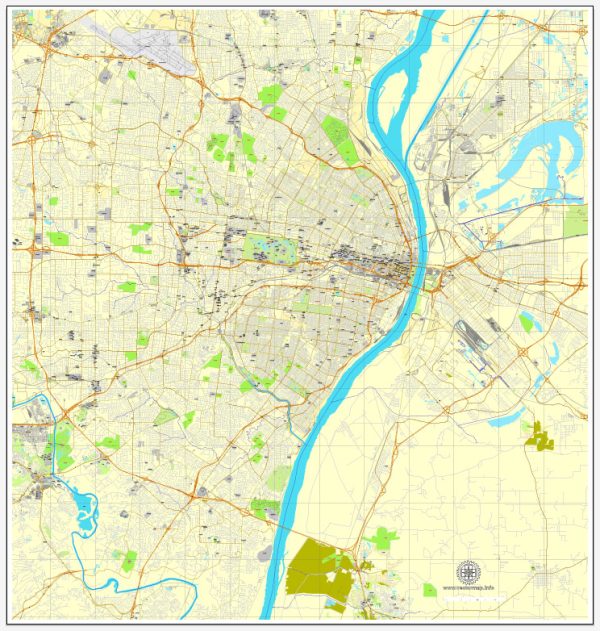
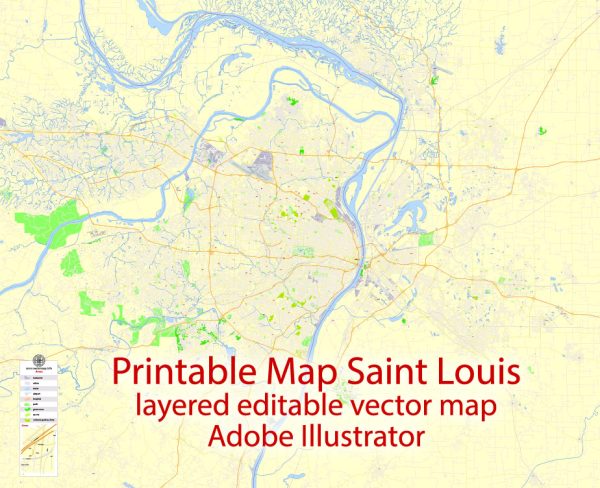
 Author: Kirill Shrayber, Ph.D.
Author: Kirill Shrayber, Ph.D.